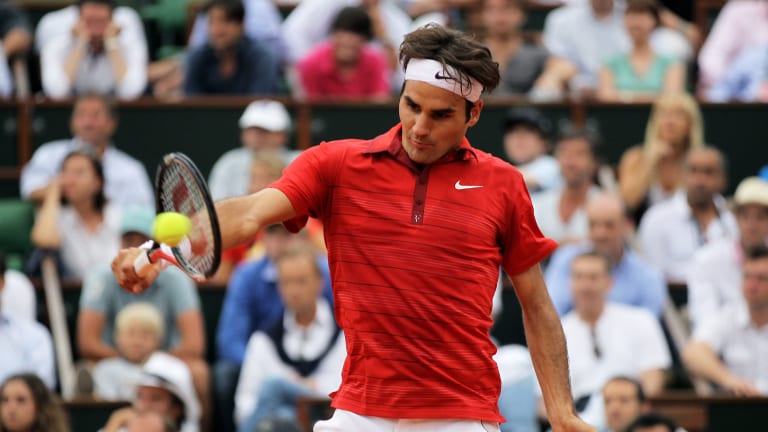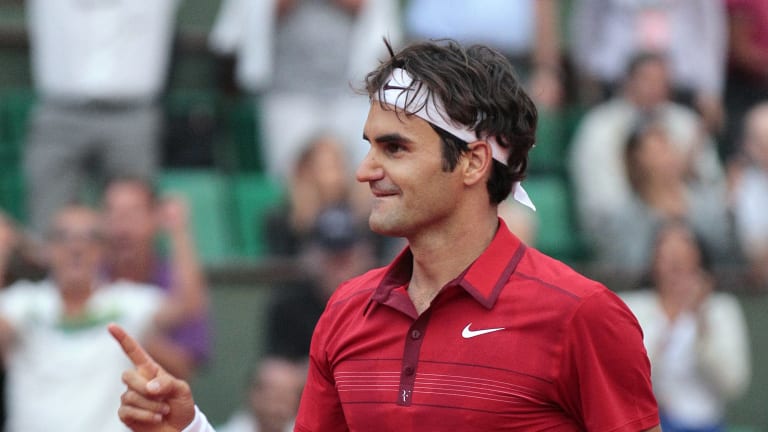Roland Garros
On this day 10 years ago, Novak Djokovic's long unbeaten streak ended, and Roger Federer's ageless genius surfaced
By Jun 03, 2021Roland Garros
Rafael Nadal withdraws from French Open with hip injury; 2024 likely to be last year on tour
By May 18, 2023Roland Garros
French Open organizers give wild cards to veterans Paire and Mladenovic
By May 15, 2023Roland Garros
Novak Djokovic: 19 stats for his 19th Grand Slam title
By Jun 14, 2021Roland Garros
Five Things To Know About Barbora Krejcikova’s Win At Roland Garros
By Jun 14, 2021Roland Garros
Ranking Reaction: Tsitsipas hits new high of No. 4, Krejcikova surges into Top 20
By Jun 14, 2021Roland Garros
How do Novak Djokovic, Rafael Nadal and Roger Federer stack up, post-Paris?
By Jun 14, 2021Roland Garros
The Rally: Is Novak Djokovic's Roland Garros triumph the most remarkable of his 19 Slam-title runs?
By Jun 13, 2021Roland Garros
Dani's Take: Krejcikova's triumph, Djokovic's usurpation, and taking stock of the final 72 hours in Paris
By Jun 12, 2021Roland Garros
The Rally: At a French Open where new faces confronted big moments, Barbora Krejcikova completes a breakout singles run
By Jun 12, 2021On this day 10 years ago, Novak Djokovic's long unbeaten streak ended, and Roger Federer's ageless genius surfaced
The Serb entered the semifinal having won his first 41 matches of 2011. He walked off the court in darkness—though perhaps more motivated than ever.
Published Jun 03, 2021
Advertising
Advertising

Djokovic's 41-0 start to 2011 included titles at the Australian Open, Dubai, Indian Wells, Miami, Belgrade, Madrid and Rome.
© 2011 Getty Images
Advertising

The crowd was firmly behind Federer and his array of shotmaking skill.
© 2011 Getty Images
Advertising
Advertising

He'd fallen behind Djokovic in the rankings, but on this day, Federer was number one.
© AFP via Getty Images